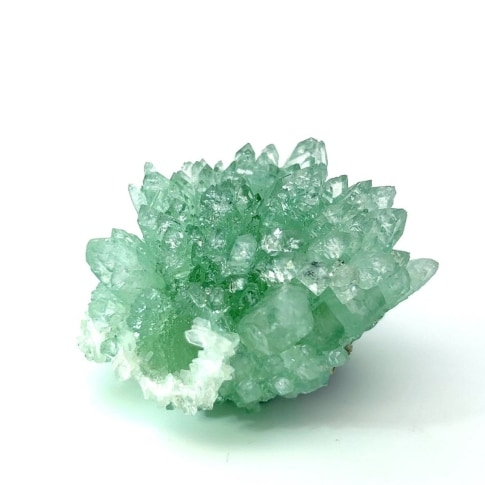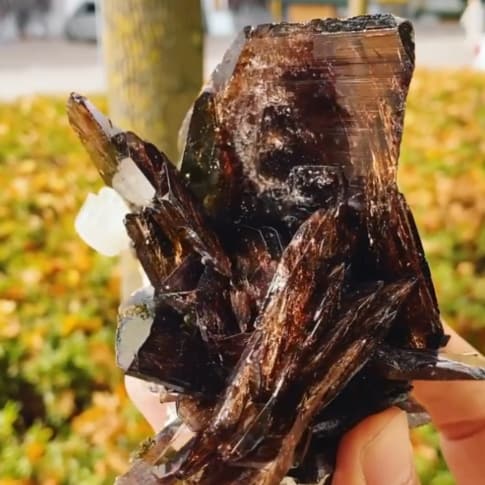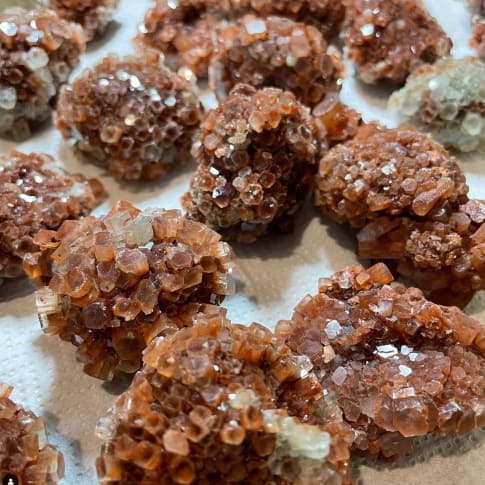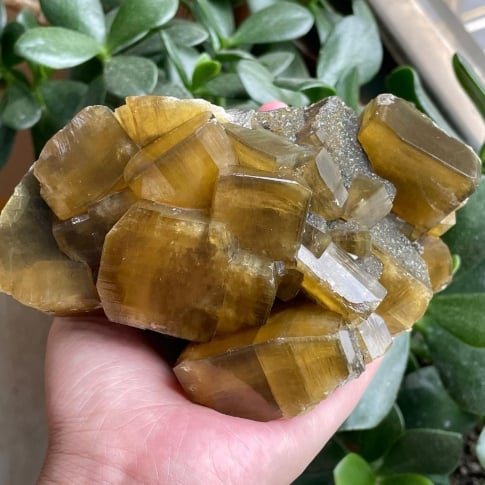Gemologist Guide To Identifying Apophyllite

Apophyllite can be a lovely mineral. It forms in lustrous, transparent, well-formed crystals that are occasionally very large. While Aphpyllite is found worldwide in volcanic zeolite environments, the Indian Traprock Quarries produce enormous quantities of the mineral, and it comes in various shapes, colors, and sizes. This makes Apophyllite easy to obtain and incredibly affordable. […]
Gemologist Guide To Identifying Axinite

Axinites form a mineral group that includes iron-dominant Ferroaxinite, manganese-dominant Manganaxinite, and iron-dominant Ferroaxinite. Tanzanite is the intermediate member between Manganaxinite and Ferroaxinite. Most gem-quality Axinites are Ferroaxinites, but it’s likely to encounter specimens listed under the general term “Axinites.” Depending on the cut, Axinites can display significant brilliance or brightness, which is a quality […]
Gemologist Guide To Identifying Aragonite

Calcium Carbonate forms as Calcite, as well as Aragonite. These two minerals differ only in their crystallization. Calcite is the more common mineral and forms in trigonal crystals, whereas Aragonite forms orthorhombic crystals. Occasionally, crystals of Calcite and Aragonite are too small to be individually determined, and it’s only possible to distinguish these two minerals […]
Gemologist Guide to Identifying Barite

Barite often occurs as concretions and void-filling crystals in sedimentary rocks. It’s especially common as concretions in Dolostone and Limestone. Where these carbonate rock units are heavily weathered, large accumulations of Barite are sometimes found in the soil bedrock. This mineral is commercially mined and rockhounds will visit these areas to collect the crystal specimens. […]
